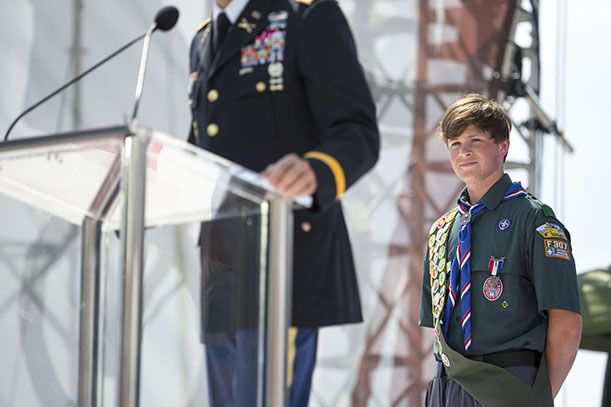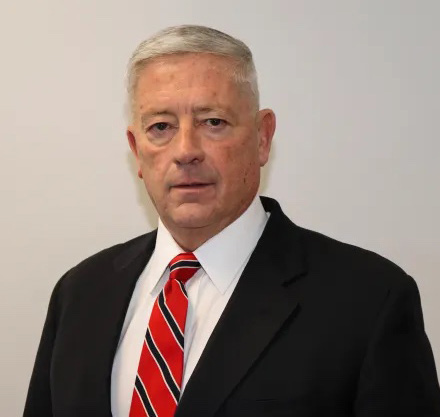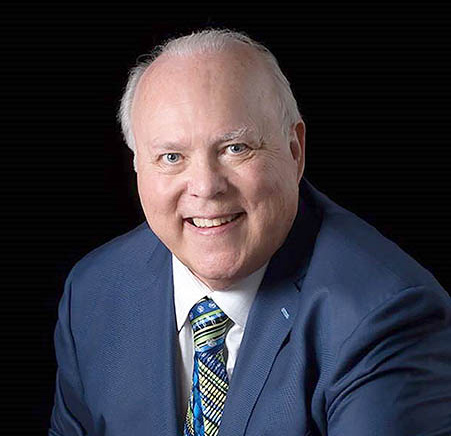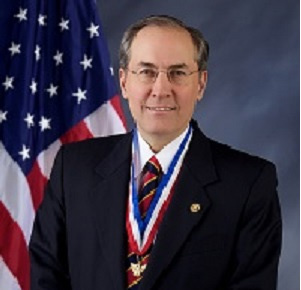- 1910: Scouting America was established. In the very first National Executive Board meeting report, there was a discussion about finding ways to retain older boys with age-specific program and challenges appropriate for them.
- 1935: Scouting America created a “Senior Scout” division for boys 15 and older. The Senior Scout programs included the Sea Scouts, Air Scouts, Explorer Scouts, Rover Scouts, and a few others. Explorer Scouts focused on advanced camping and worked on advancement leading to the Ranger Award.
- 1949: Scouting America consolidated the senior programs, with the exception of Sea Scouts and Air Scouts, into Explorer Scouts. Sea Scouts was renamed Sea Explorers, and Air Scouts was renamed Air Explorers. The joining age of all senior Scouting programs was lowered to 14. The Explorer advancement program included the Bronze Award, the Gold Award, and the Silver Award.
- 1959: The Explorer Program was renamed the Exploring program.
- 1962: The first national Exploring delegates were elected by each district and council in preparation for the first National Exploring Conference.
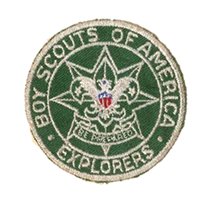
- 1964: The Air Explorer program was eliminated, and the Sea Explorer program was overhauled to meet changing demands.
- 1966: The last Silver Awards were earned as Exploring began to turn more towards career emphasis.
- 1969: Scouting America allowed young women ages 14 to 20 to join special-interest Explorer posts.
- 1971: Young women were admitted to full membership in Exploring, and the upper age limit for Explorers was raised to 21.
- 1971: Explorer Presidents’ Association were developed at every level. These congresses provided leadership training, program workshops, youth involvement, and the election of national officers.
- 1981: Posts that primarily consisted of seminars at high school with guest speakers were recategorized as Career Awareness Explorer posts (Exploring specialty programs were categorized into aviation, business, science and engineering, law and government, law enforcement, health careers, outdoor, Sea Exploring, sports, career education, arts, skilled trades, social service, fire and rescue, and communications).
- 1991: All Career Awareness posts were transferred into the new Learning for Life subsidiary.
- 1995: The Outdoor Exploring Committee met to consider options of how to better serve older youth interested in the outdoors.
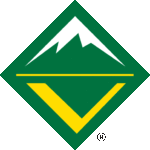
- February 9, 1998: Venturing was officially created by the Scouting America executive board. The old Exploring program was completely reorganized and split into two program categories. All the career-oriented posts were moved to Learning for Life under the name Exploring, while the rest (including outdoor-oriented posts) became the new Venturing program. Sea Exploring was renamed Sea Scouting and placed under the Venturing program. Venturing retained the forest green uniform of Exploring, as well as a renamed Explorer Code and a new Oath.
- August 1998: The Venturing Silver Award, inspired by the former Exploring Silver Award, was introduced, along with the Gold Award and five Bronze Awards (Arts and Hobbies, Outdoor, Sea Scouts, Sports, and Religious Life).
- August 1998: The Venturing Ranger Award was developed as a recognition for Venturers who developed high levels of expertise in outdoor skills.
- 1998: The first National Venturing Cabinet was elected at the last National Explorer Leadership Conference for a two year term.
- 2000: Venturing Cabinet terms were shortened to one year. The Regional Venturing Committees would choose the Regional President, and then the National Venturing Committee would choose the National Venturing President from that group.
- 2001: The National Venturing Cabinet was restructured to include the National Sea Scout Boatswain, in addition to the previously included National Venturing President and four region Venturing presidents.
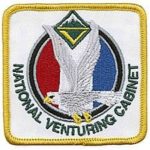
- 2003: The Venturing Quest Award was developed as a recognition for Venturers who developed high levels of expertise in sports, lifestyle, and personal fitness.
- 2003: Requirements were changed so that the National Venturing President was no longer selected from among the four incoming cabinet officers, and a separate selection process for the National Venturing President was established.
- 2004: The Venturing TRUST Award was developed as a recognition for Venturers who explore relationships among culture, faith, and personal growth.
- 2005: The first Venturing course was held at the Philmont Training Center.
- 2008: In the interest of supporting collaboration among all program-related committees, the National Venturing Committee was disbanded and program support functions in areas such as program, training, advancement were remanded to the respective functional committees.
- 2011: The position of National Venturing Vice President was created.
- 2011-2015: The Scouting America Strategic Plan was established to ensure long-term program viability. The 411 Task Force to was developed with the goal of ensuring that Scouting’s programs were exciting, culturally relevant, and appealing to youth; attracting them at an extraordinary rate and retaining them longer. With additional concerns identified for Venturing, a separate Venturing Task Force was established in 2012 to focus exclusively on Venturing’s needs.
- 2012: The first National Venturing Standard Operating Procedures were adopted. Additionally, the National Venturing Cabinet was restructured so that the National Sea Scout Boatswain would no longer be a member; this was to allow the Boatswain to focus on their own unique Sea Scout governance structure, separate from Venturing.
- 2012-2015: The Venturing Leadership Award was briefly unavailable to adults, in order to focus on the youth-led aspect of the program.
- 2013: Co-ed Venturing crews were first allowed to attend a National Jamboree as participants.
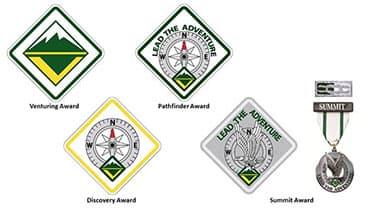
- June 1, 2014: The Venturing program underwent a major overhaul. The ALPS program model was established (adventure, leadership, personal growth, service). A new series of recognitions were introduced (Venturing, Discovery, Pathfinder, Summit). A new motto was developed (“Lead the Adventure”).
- 2014: In accordance with Scouting America’s “One Movement, One Oath, One Law” declaration, Venturers adopted the traditional Scout Oath, Law, and Salute (the previous Venturing salute was a full hand, as opposed to three fingers).
- 2014: The National Venturing Committee was reinstated and restructured to better serve Venturers across the country.
- December 31, 2014: The Venturing Bronze, Gold, and Silver Awards were discontinued. The specialty awards (Ranger, Quest, and TRUST) were retained.
- 2016: The National Venturing Cabinet is renamed the National Venturing Officers’ Association.
- February 2016: The Sea Scout program separated from Venturing.
- July 2016: The first VenturingFest was held at the Summit Bechtel Reserve.
- July 2016: The first Venturing Blast! was held at Philmont Scout Ranch.
- October 2017: Scouting America announced programs to allow females into single-gender Cub Scout dens and Boy Scout troops (Venturing, Sea Scouting, the STEM Scouts pilot program, and Exploring remain fully co-ed).
- April 2018: The Council Standards of Venturing Excellence (CSVE) Award was redesigned and re-branded as “Council Venturing Journey to Excellence” (JTE).
- August 2020: The four “core awards”; Venturing, Discovery, Pathfinder, and Summit, were rebranded as ranks.
